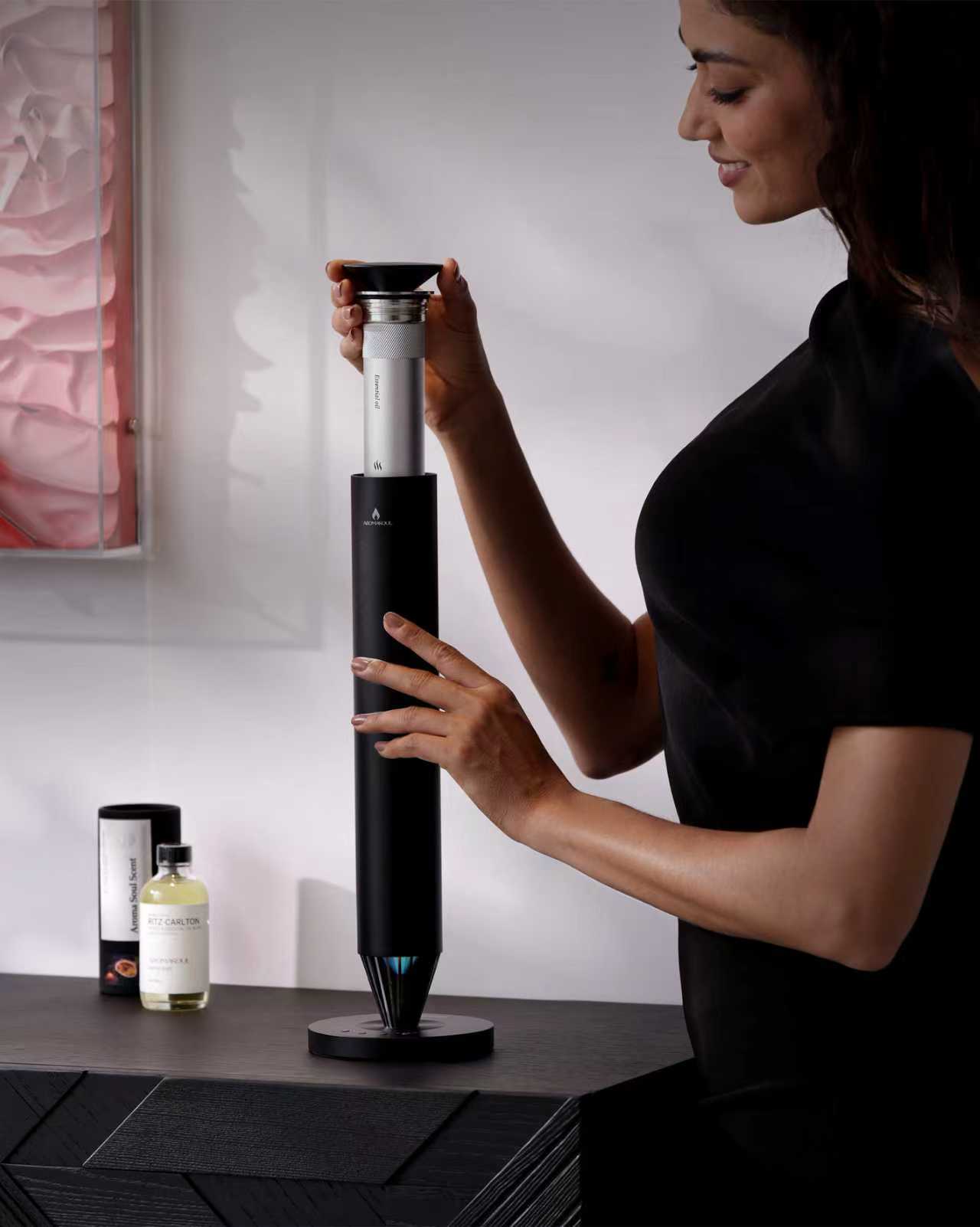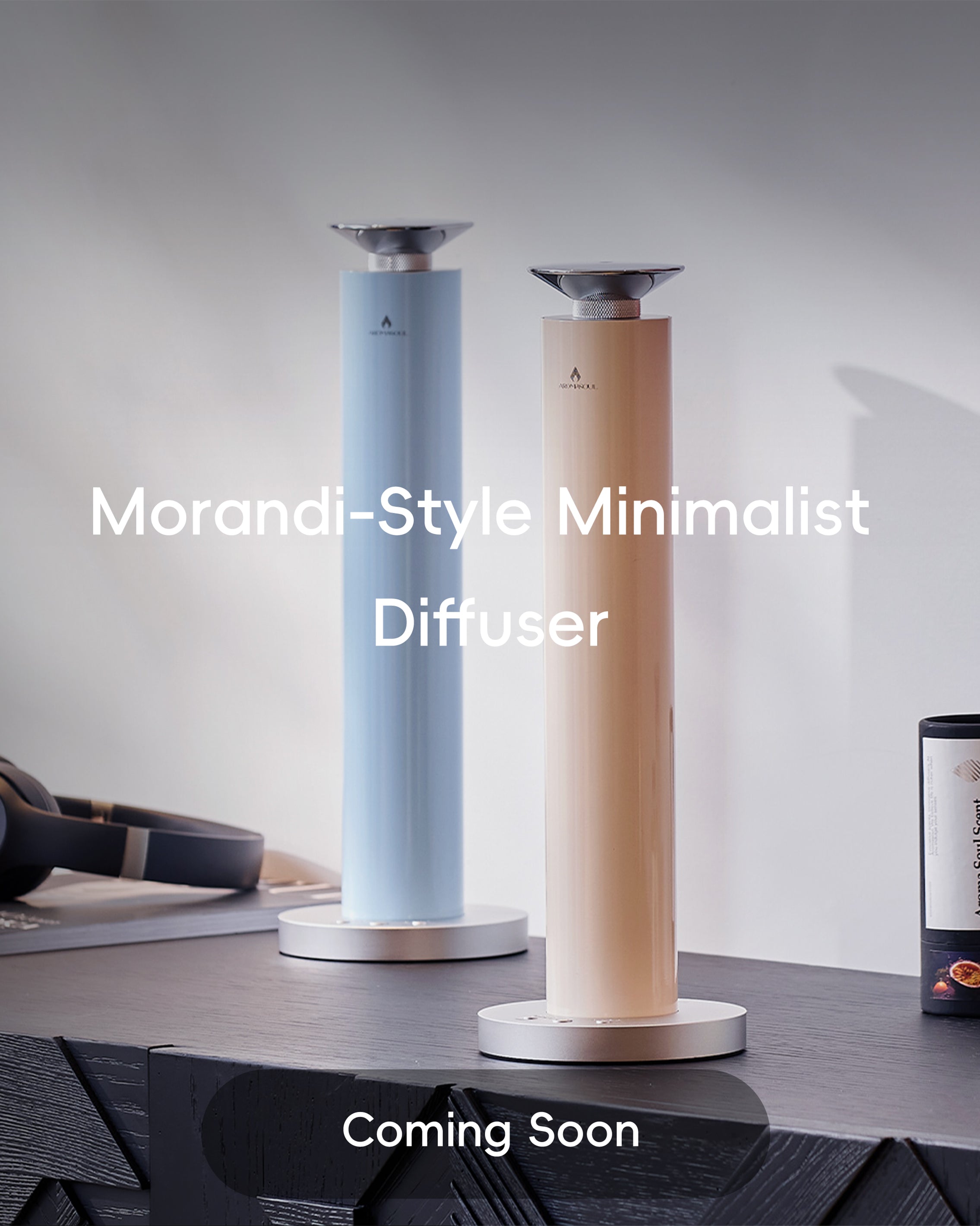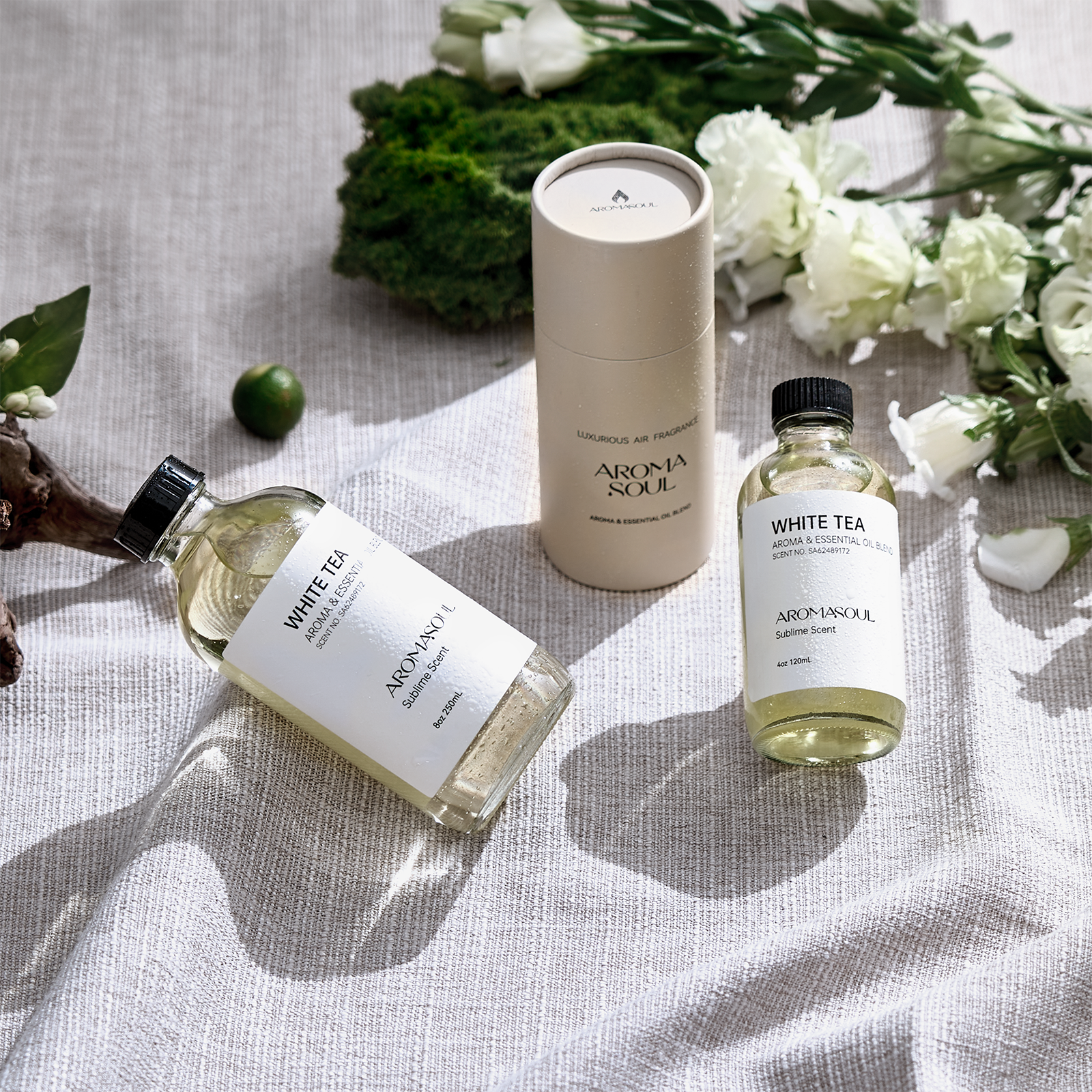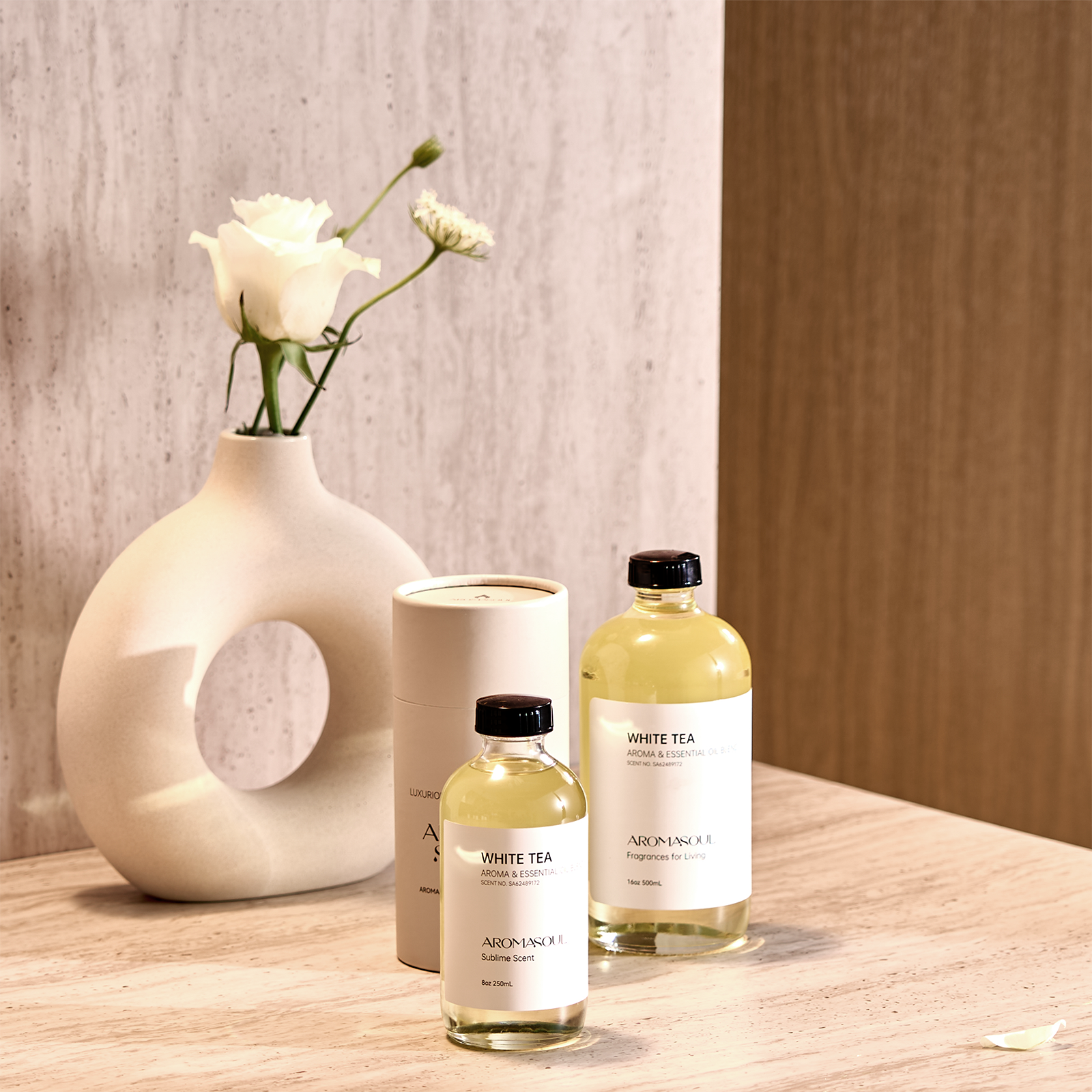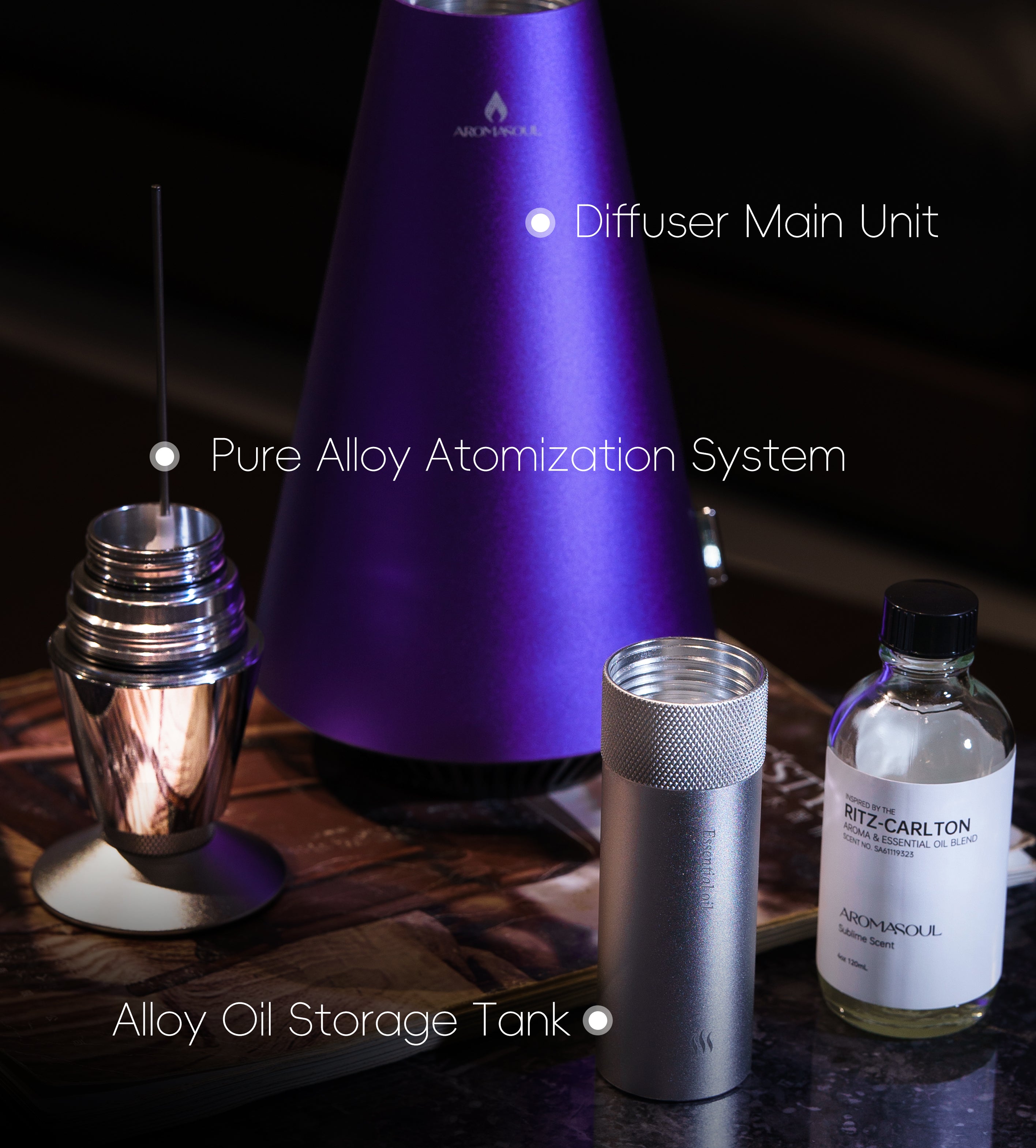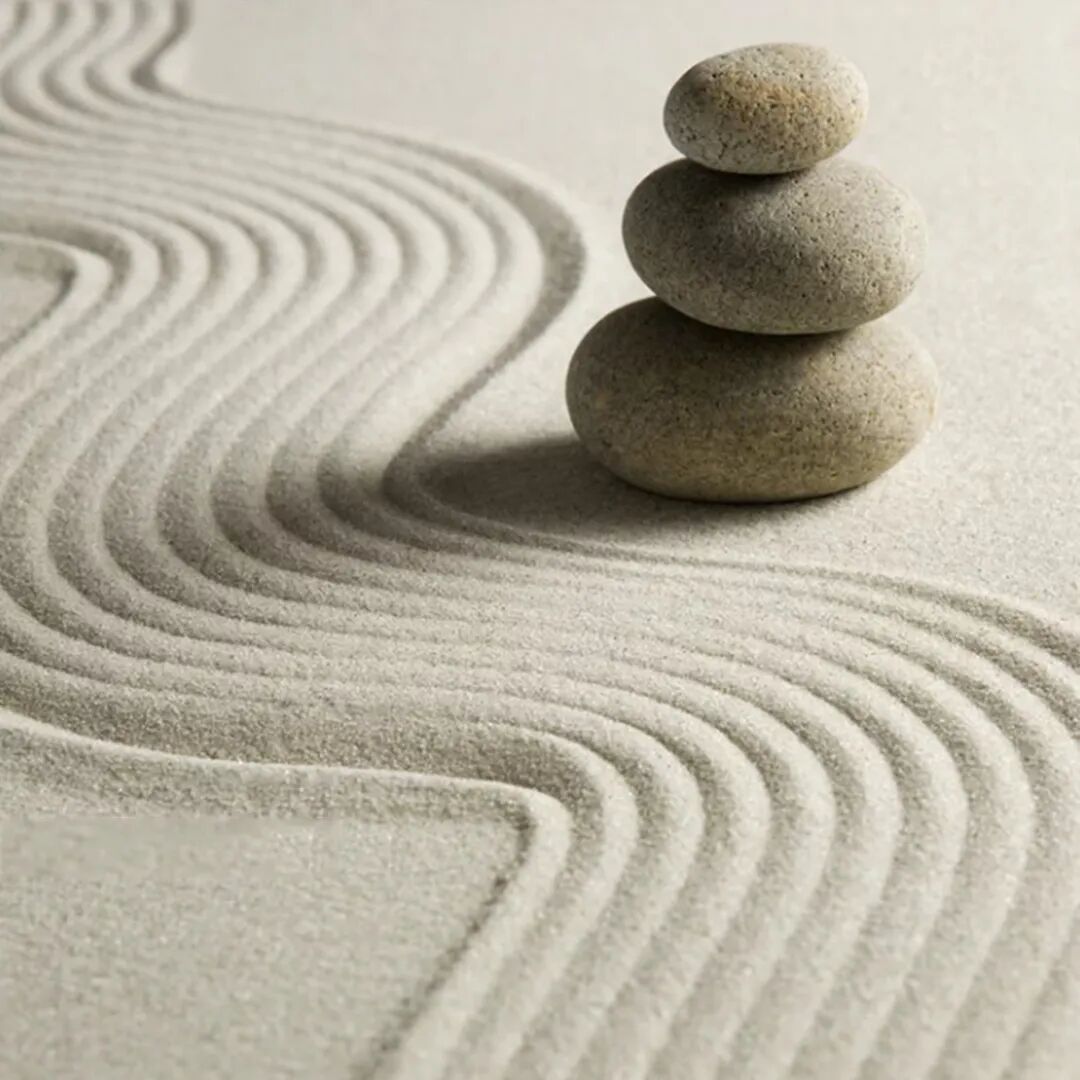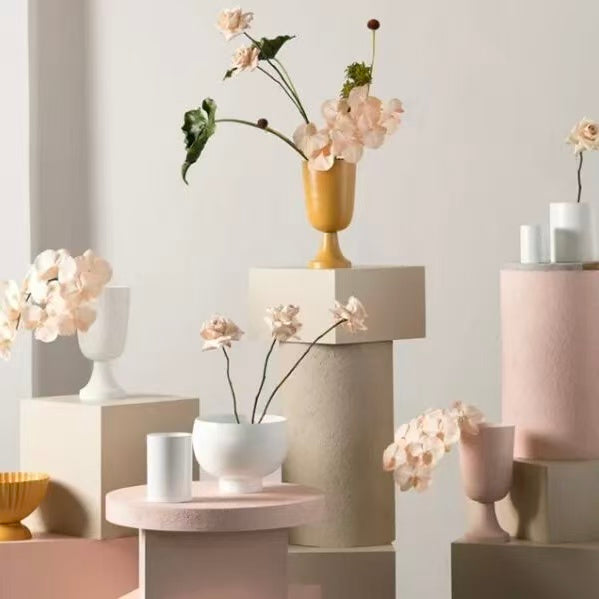
Everything You Want to Know About Aroma Diffusers
Is aromatherapy more important than topical application or internal use of essential oils?
Absolutely, aromatherapy is crucial!
It serves as a subtle yet effective method to gradually boost immunity and improve our environment. By directly influencing our respiratory system, emotional regulation, and sleep quality, it creates a gentle but profound impact.
As we know, essential oils have three primary application methods: diffusion, topical use, and internal consumption. Among these, aromatherapy stands out as the most consistent approach to strengthening the immune system. The Principle of How Aromatherapy Improves Mood by Acting on the Limbic System
The Principle of How Aromatherapy Improves Mood by Acting on the Limbic System
Aromatic molecules, which are remarkably small, can be inhaled through the nasal passages and directly interact with the nervous system. Their minute size allows them to cross the blood-brain barrier and reach the limbic system in the brain, where they activate the amygdala. Additionally, these inhaled molecules can enter the systemic circulation via the respiratory system to exert whole-body effects and are efficiently metabolized by the body.
Is it safe for young children and pets to use shared aromatherapy?
Natural aromatic molecules can be beneficial for every household, provided that safe, pure CPTG-grade essential oils are used.
For infants and young children, it is advisable to use gentle oils recognized as safe for this age group, such as Lavender, Roman Chamomile, and Wild Orange. Furthermore, the diffusion concentration should be appropriately and effectively reduced.
Pets are also valued family members and can face similar challenges as we do, including respiratory or emotional issues. For them, aromatherapy can also be a safe and beneficial practice when implemented correctly.

Can a humidifier replace an aroma diffuser?
This is a frequently asked question. A humidifier cannot directly substitute for a dedicated aroma diffuser, primarily for the following reasons:
1. Material Differences
-
Aroma Diffuser: Pure, plant-extracted essential oils are typically acidic and can corrode ordinary plastics. Therefore, most aroma diffusers are made of PP (polypropylene) material. Key components such as the chip, crystal disc, and atomizing plate are specifically designed to be oil-resistant, water-resistant, and corrosion-resistant.
-
Humidifier: Standard humidifiers often use ABS or other plastics for their water tanks. As their primary medium is water, the rate and effectiveness of fragrance diffusion are significantly weaker.
2. Functional Differences
-
Aroma Diffuser: Designed specifically for use with essential oils, the chamber can accommodate either pure plant essential oils alone or a mixture of oils and pure water for optimal diffusion.
-
Humidifier: The primary function of a humidifier is to add moisture to the air. While a small amount of essential oil can be added as a supplementary feature, this is not its intended purpose and may be less effective.
3. Different Water Tank Designs
-
Diffuser: Engineered specifically for essential oils. Its simple tank structure makes it remarkably user-friendly, requiring minimal effort for use, cleaning, and maintenance.
-
Humidifier: The internal design of a humidifier's water tank is more complex. This complexity makes it prone to scale buildup over time, necessitating regular and more thorough cleaning.
4. Different Atomization Technologies
- Diffuser: Utilizes a two-fluid atomization technology, which is highly effective at dispersing aromatic molecules into the air for an optimal scent experience.
- Humidifier: Employs ultrasonic humidification technology primarily for adding moisture to the air. This method is not optimized for essential oils and may fail to disperse them completely or effectively.
 How many drops of essential oil should be used, and what area does it cover?
How many drops of essential oil should be used, and what area does it cover?
For general use, 3-6 drops of essential oil are sufficient to cover an area of 10-20 square meters, which is roughly the size of a standard room. In specific circumstances, such as eliminating formaldehyde in a newly renovated room, the amount can be increased—for example, using 8 drops of an air-purifying blend.
Each room should have its own distinct atmosphere: the living room should feel fresh and bright, while the bedroom should be cozy and calming. Therefore, it is highly recommended to place diffusers in both bedrooms and bathrooms. According to Feng Shui principles, the bathroom is considered an area where wealth energy accumulates, and it benefits from the presence of flowers, pleasant scents, and water.
